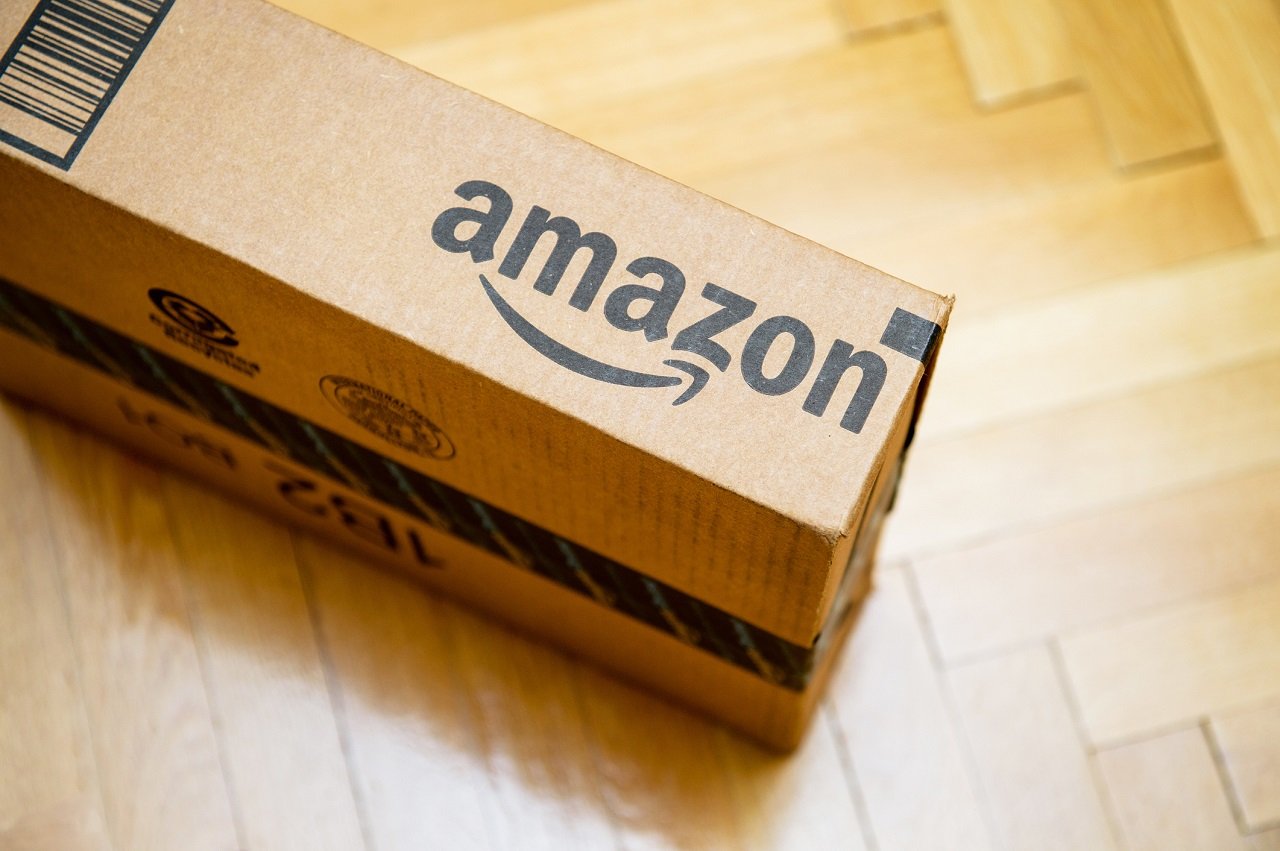
So, you want to get started with Amazon arbitrage? Here’s a good place to start; we’ll go over the top pitfalls that most beginners make and how you can avoid them. If you don’t want to blow this chance at a profitable side hustle, then keep reading!
Trust the Numbers
It’s amazing how many people pass a blind eye over the analytics or trends on Amazon. It just takes a few extra minutes to look at what’s popular on the site so that you have a better idea of which products to sell and which to leave behind.
In addition, some people like to look at their calculations or estimations and then give themselves a margin of error but this isn’t always a wise choice. The numbers don’t lie so if they say that you’re going to make a $5 profit, don’t think that it will magically double by the time you sell.
Use Technology to Your Advantage
All of this talk about calculations brings up the next point. Amazon itself has a seller app that can make your job ten times easier. The Amazon seller app lists analytics and shares a revenue calculator function that you can use to factor in shipping costs and seller fees so you can generate an accurate profit.
Besides that, the most successful sellers on Amazon make use of other apps and websites such as Facebook Marketplace, eBay, Target.com, and more. Specialized apps like tactical arbitrage can also fit perfectly within your arbitrage toolset. Expand your horizons and you are sure to find way more products that fit your inventory perfectly in addition to better discounts for you.
Slow and Steady Wins the Race
Perhaps one of the biggest mistakes that beginners to Amazon arbitrage make is that they expect to see results in no time at all. The first month is probably going to be rough and maybe the second month won’t be much better.
It’s about listening and learning, looking at the numbers, and figuring out what’s working and what’s not. Those who turn this side hustle into a business know that it takes a bit of a learning curve to get a feel for how things work.
Less Is More
Having a store inventory that includes a variety of products and categories does not always equal success. Sometimes it’s about offering niche products such as organic shampoos or healthy dog treats rather than a range of hair care products or dog food and accessories.
Starting with less could help you keep your numbers precise and your customers loyal. They will know what you offer and that you provide quality in your niche. Consumers appreciate this and it can translate to a regular client base in time. While you might want to expand later, you don’t need to be in a rush to do so.
Money Out, Money in
It sounds so basic but so many people fail to recognize this. It doesn’t matter if you had more customers this month compared to last; if you are spending more than you’re making, then you are not yielding a profit.
Remember to take it slowly, do your research, and don’t jump into anything without thinking it through. Hopefully these tips helped. Best of luck!








